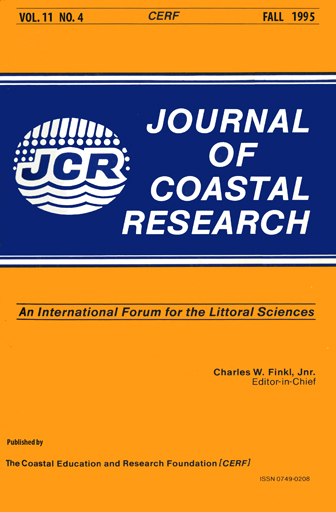Foraminiferal Evidences for 77-Year Cycles of Droughts in India and Its Possible Modulation by the Gleissberg Solar Cycle
Keywords:
Paleomonsoons, cyclicity, foraminifera, inner shelf, west coast of India, sediment core.Abstract
A 1.15 m long core collected from 20 m water depth off Karwar on the western continental shelf of India was studied to reconstruct the paleomonsoonal, precipitational history during the recent past with fine time resolution by exploiting foraminifera as proxy. These established parameters (indicating salinity fluctuations, thus runoff from rivers due to the monsoonal precipitation over catchment area) are an angular-asymmetrical morpho-group, directly proportional to salinity. The mean proloculus size of Rotalidium annectens (PARKER and JONES), is inversely proportional to salinity and an abundance of indicator species R. annectens (PARKER and JONES) is directly proportional to salinity. These parameters show considerable fluctuations in the core (representing about 450 years) indicating variations in paleomonsoons in a cyclic manner (around 77 years). Attempts to establish correlation between inferred paleo monsoonal precipitation with known climatic cycles affecting the earth's climate suggest a possible link with the Gleissberg solar cycle of around 80 ± 10 years, which is already noted in various other climatic records.


